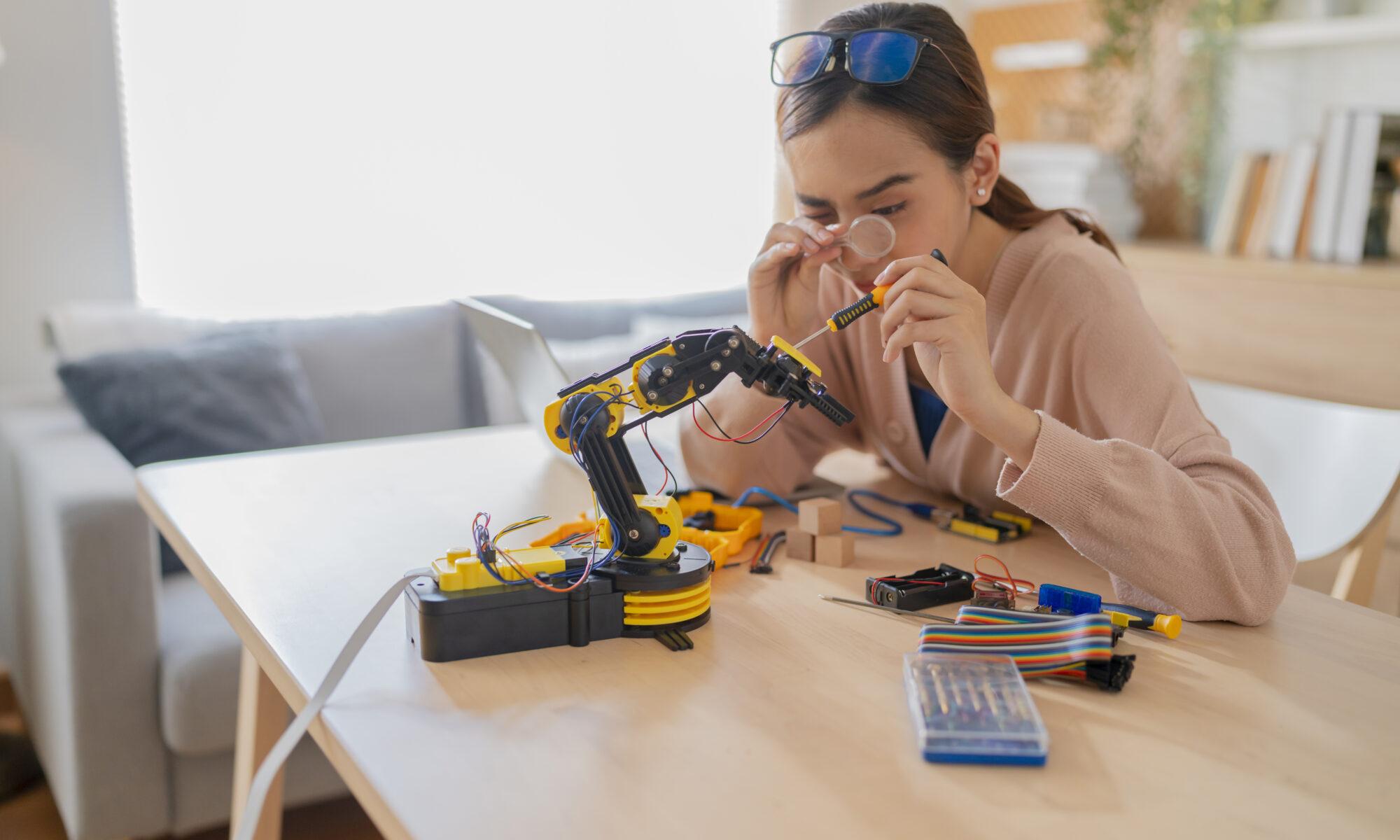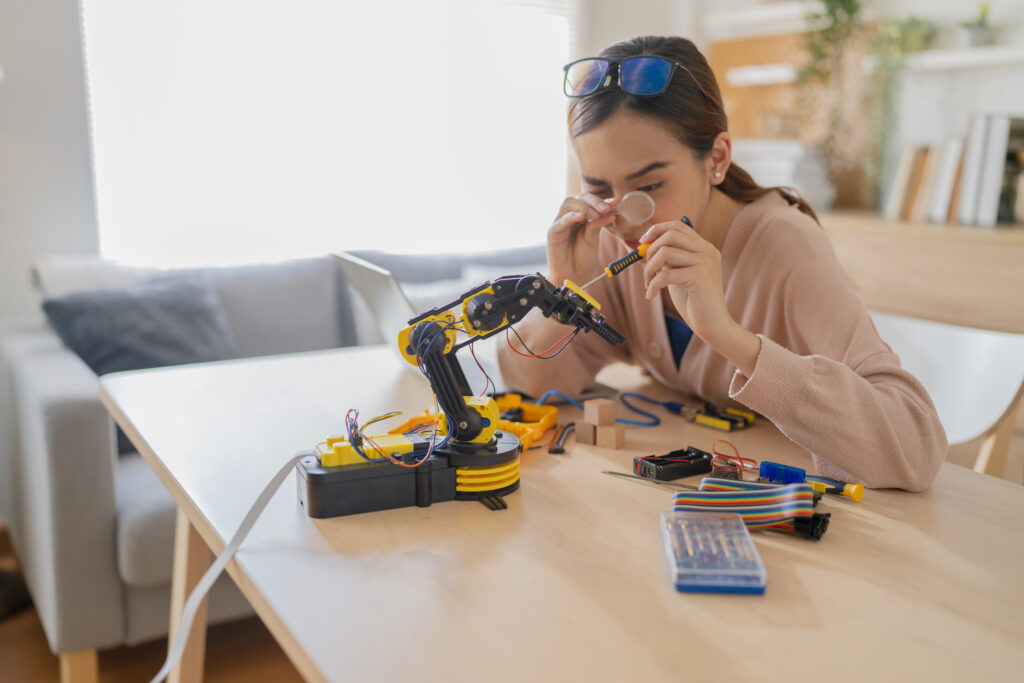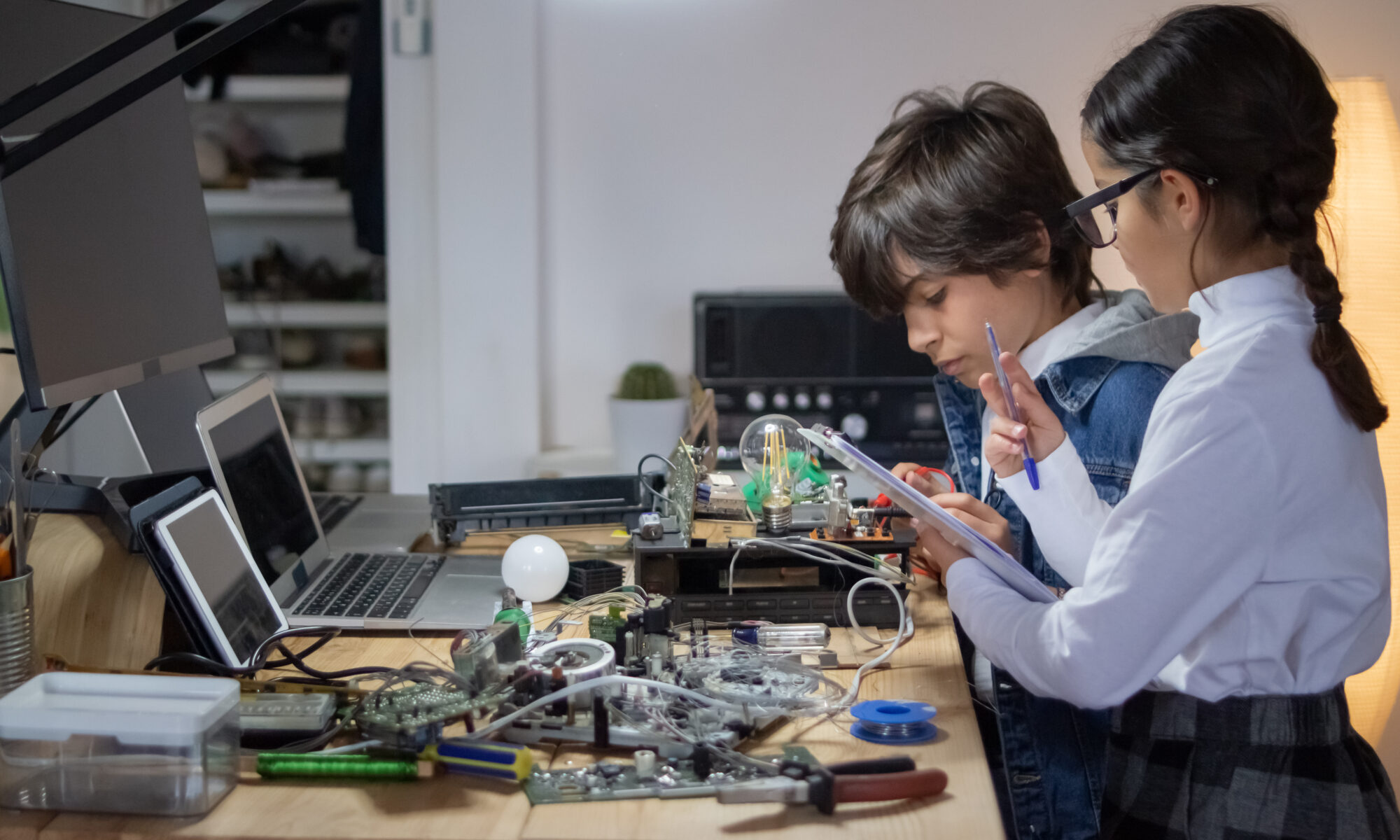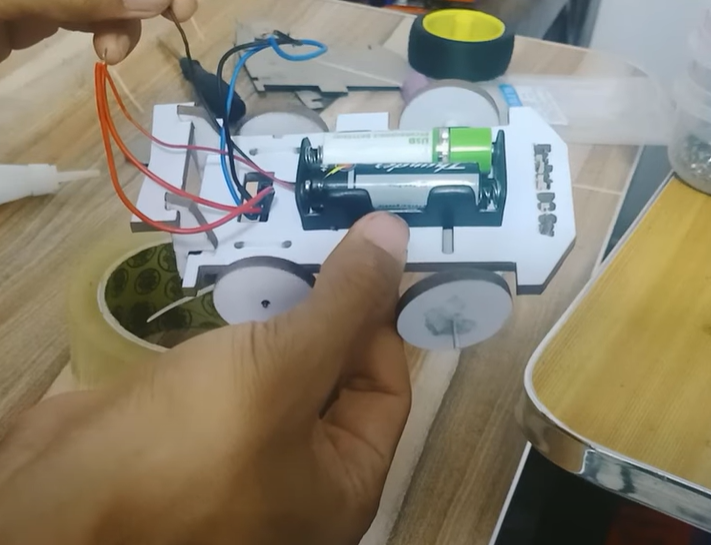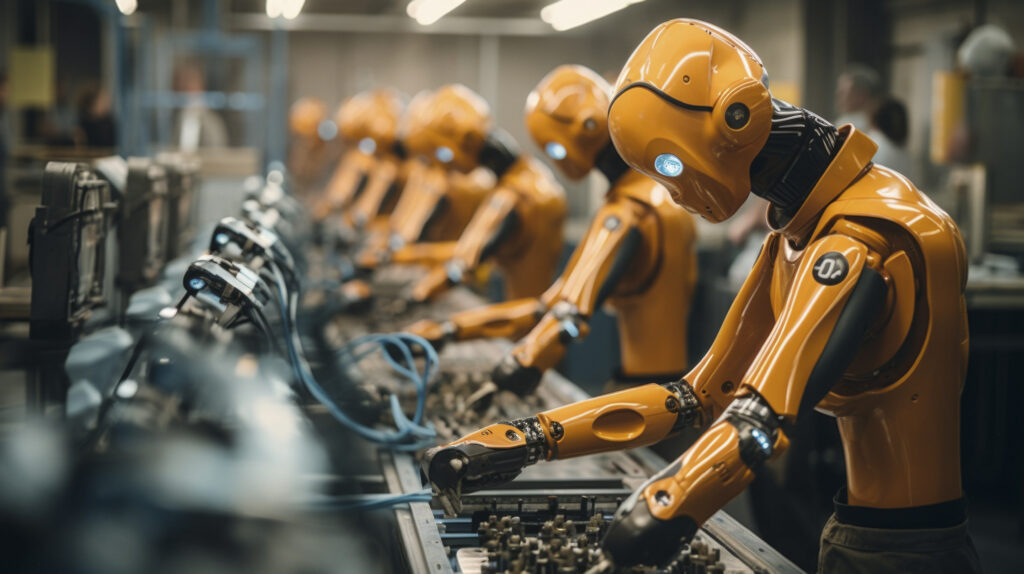Why Kids Should Learn Robotics: Exploring the Benefits of Early Education in Robotics

In today’s rapidly evolving technological landscape, the importance of introducing children to robotics at an early age cannot be overstated. Robotics education offers a plethora of benefits beyond simply learning to build and program robots. From fostering creativity to preparing for future career opportunities, here are compelling reasons why kids should dive into the exciting world of robotics:
- Cultivating Creativity: Robotics empowers children to unleash their creativity by designing, building, and programming robots. From brainstorming ideas to bringing them to life, robotics projects encourage imaginative thinking and innovation.
- Developing Problem-Solving Skills: Robotics projects inherently involve problem-solving. Children learn to analyze challenges, identify solutions, and iterate on their designs, fostering critical thinking and analytical skills essential for success in various aspects of life.
- Preparing for the Future: As technology continues to advance, proficiency in robotics and programming becomes increasingly valuable. Early exposure to robotics lays a strong foundation for future STEM (Science, Technology, Engineering, and Mathematics) pursuits and opens doors to exciting career opportunities in fields such as robotics engineering, artificial intelligence, and computer science.
- Enhancing Computational Thinking: Robotics education goes hand in hand with learning programming concepts. By writing code to control robots, children develop computational thinking skills, including algorithmic reasoning, pattern recognition, and logical problem-solving, which are applicable in diverse domains beyond robotics.
- Promoting Collaboration and Teamwork: Robotics projects often require collaboration and teamwork. Working in teams, children learn to communicate effectively, share ideas, and collaborate towards common goals, preparing them for future endeavors in a collaborative work environment.
- Encouraging Lifelong Learning: Robotics fosters a passion for lifelong learning. Through hands-on experimentation and exploration, children develop a thirst for knowledge and a curiosity about how things work, laying the groundwork for a lifelong journey of discovery and innovation.
In conclusion, introducing children to robotics at an early age offers a multitude of benefits that extend far beyond the realm of robotics itself. From fostering creativity and problem-solving skills to preparing for future career opportunities, robotics education empowers children to become confident, adaptable, and forward-thinking individuals ready to thrive in the digital age. As we continue to navigate an increasingly technology-driven world, the importance of robotics education for our children cannot be emphasized enough. Let’s inspire the next generation of innovators and problem-solvers through the exciting world of robotics!



